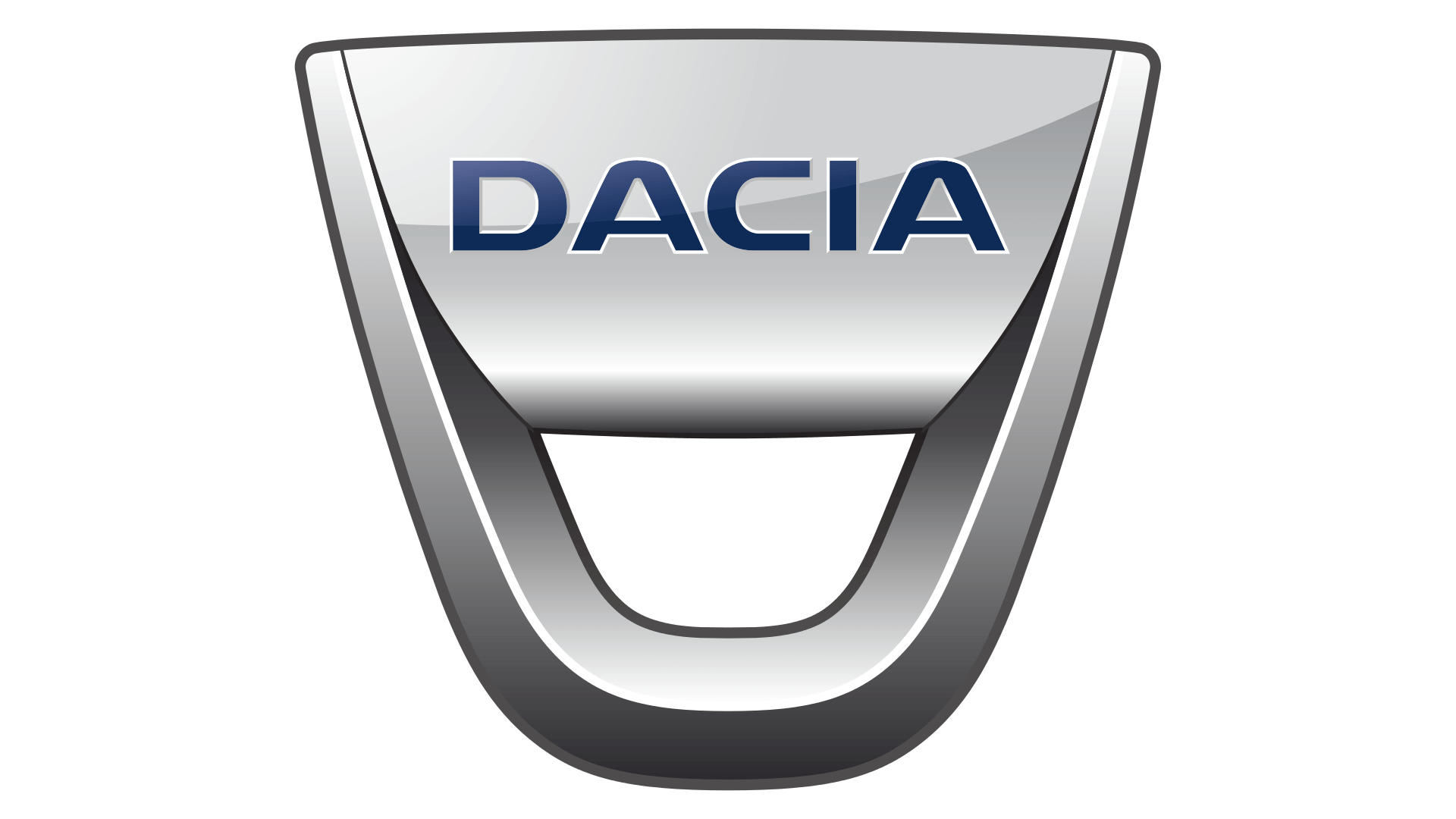This PHEV derivative comes either as a saloon or as a Sportwagon estate and it looks quite a bit pricier now that the government no longer offers a £2,500 grant towards purchase. You'll need a budget of around £34,000 to get yourself this Optima Plug-in hybrid in saloon form - or around £35,000 if you want the Sportwagon estate variant (also available in plusher 'PHEV Plus' form for around £39,000). These figures still usefully undercut a rival Volkswagen Passat GTE Plug-in hybrid.
You get a wide range of electronic safety features too, things like Advanced Smart Cruise Control, Autonomous Emergency Braking, High Beam Assist, a Lane Keeping Assist System, Blind Spot Detection and Rear Cross Traffic Alert. Plus of course all the usual features you'd expect to find on a car of this class, things like alloy wheels, dual-projection headlamps with static cornering lights and LED daytime running lights, UV-reducing tinted solar glass, auto headlamps and wipers, heated power-folding mirrors, front and rear parking sensors and an alarm.
Inside, there's a 7-inch infotainment screen incorporating satellite navigation, a six-speaker DAB stereo, Bluetooth 'phone compatibility and a reversing camera. Plus dual automatic air conditioning, USB and Aux-in ports, cruise control with a speed limiter, powered lumbar support for the driver's seat, an auto-dimming rear view mirror, a leather-trimmed multi-function steering wheel, a trip computer and a clever automatic defogging system.
































































































.jpg)
.jpg)
.jpg)
.jpg)

.jpg)
.jpg)
.jpg)